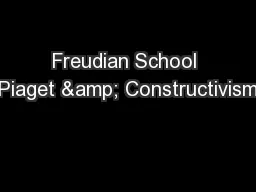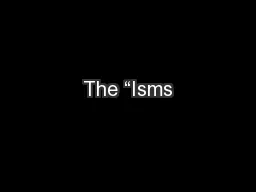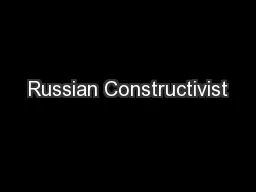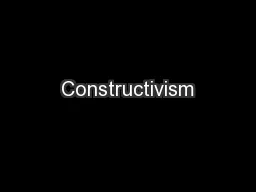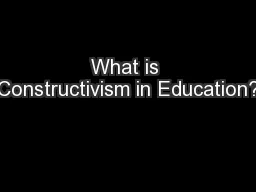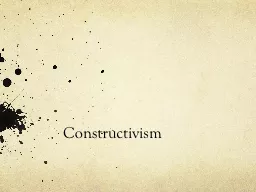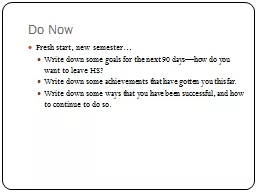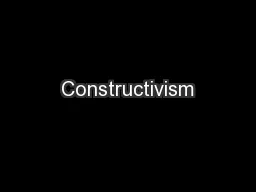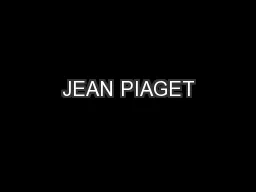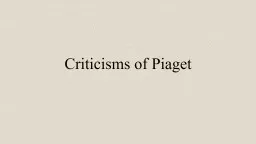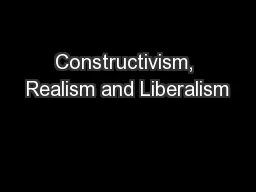PPT-Freudian School Piaget & Constructivism
Author : min-jolicoeur | Published Date : 2018-03-18
Stage Theorists Tension of Duality Growth or Depletion Drives Meaning Making The Other in Modern Ethics What is Ethics Ethics is Dynamic Action and Decision Making
Presentation Embed Code
Download Presentation
Download Presentation The PPT/PDF document "Freudian School Piaget & Constructiv..." is the property of its rightful owner. Permission is granted to download and print the materials on this website for personal, non-commercial use only, and to display it on your personal computer provided you do not modify the materials and that you retain all copyright notices contained in the materials. By downloading content from our website, you accept the terms of this agreement.
Freudian School Piaget & Constructivism: Transcript
Download Rules Of Document
"Freudian School Piaget & Constructivism"The content belongs to its owner. You may download and print it for personal use, without modification, and keep all copyright notices. By downloading, you agree to these terms.
Related Documents

